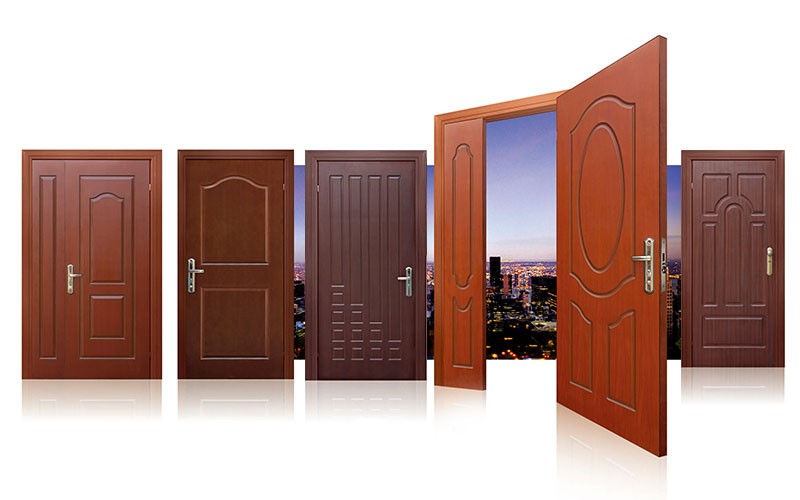Fire-rated entryways and their assemblies play a critical role in saving lives and minimizing property damage. It provides a safe egress that compartmentalised flame and combustion and removes danger.
Fire resistive doors are classified according to their fire ratings, materials, and features. There are many elements to consider when choosing an internal fire door for your property, and it includes functionality and aesthetic appearance.
Most might think this applies to residential homes, but most commercial spaces also require and benefit from having a carefully considered entryway. When buying fire rated doors, consider their style, design, and finish to keep your environment safe and appealing.
Fire Door Inspections for fire-rated doors is an integral part of your building’s overall fire protection system. An operating fire door, just like a properly operating fire damper, is a key component to the compartmentalization of a building to stop the spread of deadly fire, smoke, and toxic fumes. If the fire door assembly isn’t working properly, your facility is at risk. So use nfpa 80 and solve this issue.
Selecting the Fire Rating of Your Fire Resistive Doors
Fire doors are classified according to their fire resistance and intended use. In general, there are two types of fire doors:
- Sole Occupancy Unit. This type of fire-resistive entryway has a rating level of -/60/30. Sole occupancy units are hour-rated fire doors. This type of fire door is commonly used in between rooms in offices.
- Common Property Fire Doors. Common property fire doors have higher ratings – -/120/30. In addition, it has a two-hour rating which means they are better at resisting heat and combustion. These doors are commonly found in stairwells or vertical enclosure passages.
To understand the rating, doors with a -60/30 indication refers to how the material can inhibit flames and remain cool within the first instance of heat and combustion exposure. For instance, the -/60 refers to the minutes it can withstand heat and /30 means how long it can remain cool.
Choosing a Fire Door Based on Material
The material used in a fire-resistive door also plays an important determinative factor in its rating. Some of the most common materials used in fire doors include hollow metal, treated wood, and fibreglass. In addition, some companies offer fire-treated materials like glass and louvre to add extra protection and ventilation to homeowners.
Material is also essential when choosing an interior fire door because it will also influence its weight. Therefore, when looking for fire-rated doors, you want to be sturdy and not too heavy to open or move.
In case of fire emergencies, you would want people to move out of the building quickly. Unfortunately, a heavy fire door will not only prohibit movement, but it can also be the cause of traps and smoke inhalation.
Fibreglass and hollow metal fire doors have been the popular choice because of this factor. They also provide an excellent rating and will not require a person much strength to open.
Consider the Overall Cost of the Fire Door
People’s safety is always the primary concern for installing a fire-rated door in your office or home space. But aside from that, the purchase and installation costs will also be a consideration. If you have financial constraints, you may end up choosing the wrong material or worse. You would have a door that is not fire-resistant enough to keep your property protected.
Remember that the overall cost of acquiring a fire-resistive door does not equate to losing lives. Instead, protecting the people and your business is a paramount consideration for having fire-resistant doors installed.
When shopping for fire-resistive doors, it is always better to balance quality and cost. Never compromise quality for the sake of saving a few dollars because lives are always at stake with an improper fire door selection and installation.

